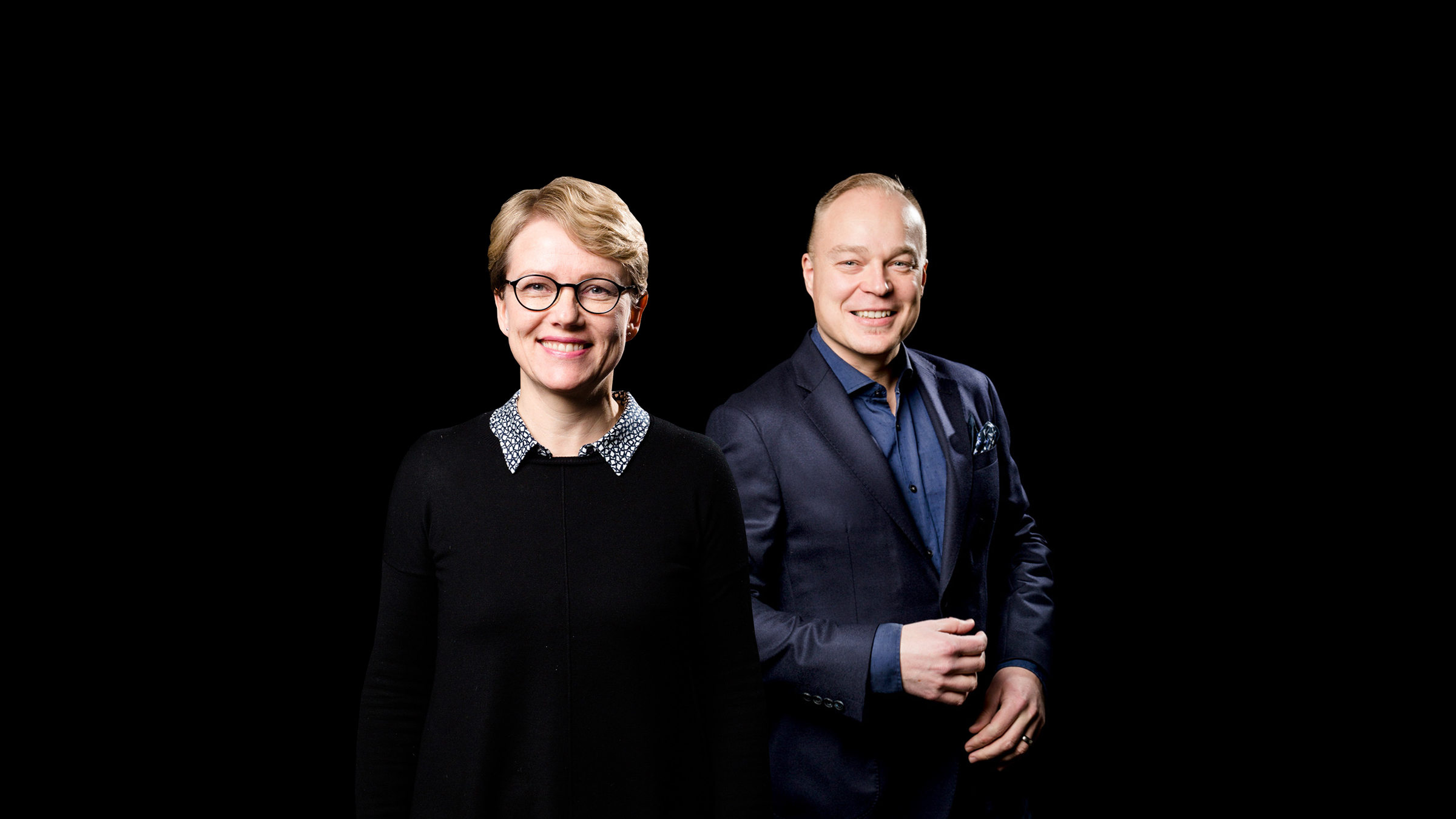The societal change towards a 1.5-degree lifestyle must be fair. For example, the plans for environmental tax reform published recently by Sitra will make it possible to speed up a fair transition towards a low-carbon society. A fair tax reform is one that supports employment and economic growth while also reducing emissions without increasing the income gap or significantly decreasing the added value provided by exports. A broad-based reform will ensure that increases in individual taxes will not unreasonably affect the everyday life of households or individual industries.
The “1.5-degree lifestyles – Targets and options for reducing lifestyle carbon footprints” report implemented by Sitra as part of an international collaboration and published in May 2019 shows that there is a huge gap between our current lifestyles and the climate targets.
According to the report, the required change is radical. In Finland, the lifestyle carbon footprint per person must be reduced by between 58% and 76% by 2030 if we want to limit global warming to 1.5 degrees. Even greater reductions are required by 2050. To reduce the gap, the report looks at almost 30 different low-carbon alternatives related to housing, mobility and nutrition, whose impact on the carbon footprint has been calculated. The countries studied in the report – Japan, China, Brazil and India – all need to take considerable action.
Some of the news about the study have been headlined provokingly, which has caused some confusion.
There is not just one sustainable lifestyle, but many ways of changing existing lifestyles in a more sustainable direction from the point of view of the earth’s carrying capacity. The low-carbon lifestyle options presented in the report are examples of measures that can help to significantly reduce the carbon footprint of individuals in terms of household consumption. The impact of these alternatives on the carbon footprint has been illustrated with different percentages of implementation. The more widely the low-carbon options are implemented, the greater their impact will be. Different countries and different life situations require different tailored solutions for the mitigation of carbon footprints.
The good news is that we already have the means to do it. According to the study, the following alternatives have the greatest potential to reduce the lifestyle carbon footprint of individual people: replacing private car use with lower-emissions alternatives such as public transport; the introduction of electric and hybrid cars; the production of electricity and heat through renewable energy; favouring a vegetarian/vegan diet; replacing dairy products with plant-based alternatives; and replacing red meat with chicken or fish. In addition to these, we also need many new solutions.
Low-carbon options create new opportunities
Low-carbon lifestyle choices provide opportunities not only for improving our quality of life but also for improving business and employment.
As a country with a high level of expertise, Finland has the opportunity to become a pioneer and develop new solutions. Finnish companies have already realised that a new business logic is required if they want to succeed in the 1.5-degree future. There is huge export potential in the circular economy and sustainable everyday solutions. The most inspiring examples of circular economy companies in Finland can be found in the “most interesting companies in the circular economy” list.
Discussion on the importance of consumption choices and lifestyles is necessary since about 70% of all emissions globally are generated by the consumption of households. By changing our consumption habits, it is possible to reduce these emissions fast, but not very much attention has so far been paid to this potential.
The 1.5-degree lifestyles study looks at the carbon footprint of our current consumption habits and proposes globally uniform target levels. The aim is to evoke constructive discussion on the required solutions. Instead of talking about threatening scenarios, having to give something up and making sacrifices, we could talk more about what the future sustainable lifestyles will be like and how we can achieve them.
We all share the responsibility for making the change. The mitigation of climate change requires a huge societal change that concerns everyone from states, municipalities and companies to ordinary people. We need political steering measures and incentives for the implementation of low-carbon lifestyle choices. Companies need to invest in the development of new low-carbon products and services. According to Sitra’s lifestyle test, there is an increasing demand for them among citizens.
- The article “What are 1.5-degree lifestyles like? And how do we achieve them?” explains our new international study in more detail.
















Recommended
Have some more.